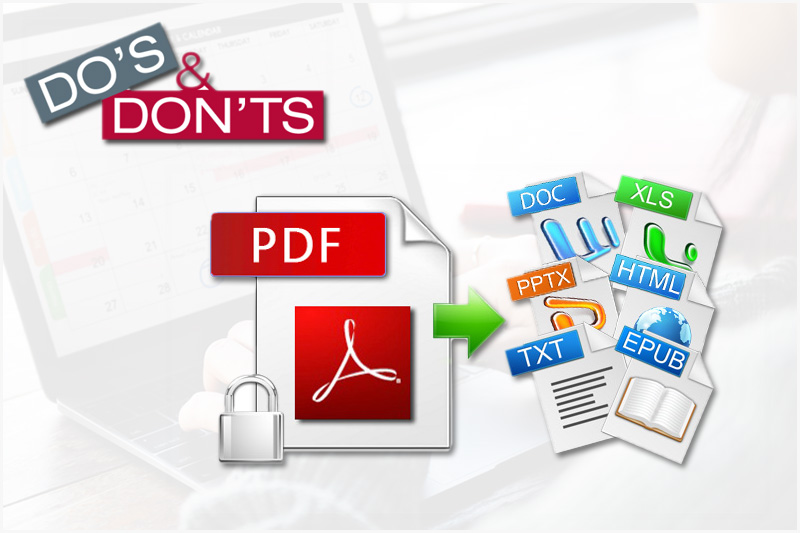Associations and chambers are constantly creating content — from articles, conference sessions, webinars, press releases,…

I’ll say it: The web contains far too much content presented in the form of a document: PDF, Word document, PowerPoint presentation, or Excel spreadsheet.
Document-based content is often more convenient for content creators, but is far less convenient and less effective for users. Web users are less likely to engage with document-based content than content presented as HTML text. Therefore, the content is less likely to achieve its goals.
When content is presented in a text format optimized for the web, readers have the opportunity to engage with it on multiple levels:
- Click on the headline to decide to read more in-depth
- Scan it and get the high-level information
- Read it thoroughly if they decide the topic, program, or offer is of interest to them
- Click on links to learn more
When information is presented only in a document, things get trickier.
- A document is an inseparable content package, so if the information a person wants is in a small paragraph in the middle or a graphic at the end, they still need to download or view the document and do another search to find the information they are looking for.
- Individual pieces of information or data within a document cannot be shared alone.
- Text and design/presentation are inextricably tied together, which makes the information extremely difficult for the organization or the audience to reuse.
- If a user downloads a document, it lives on their computer until they choose to delete it. The information in that document is never updated, so could become inaccurate or irrelevant over time and the user would never know.
- Documents are very difficult to read on a mobile device.
Some positives about documents:
- When done well, a document is a wonderful augmentation to textual content, with greater depth than is typically presented on a web page.
- A well-designed, well-formatted document is easy to print out and share. Some people prefer to print documents to read during long commutes, for example, or to highlight for later reference.
- A document is a great way to share long, in-depth information that people cannot easily consume online
So what to do?
- Present information both as HTML text and in document format. Depending on the CMS, this can be done by the user on demand or by the organization for select content.
- Present all documents with HTML context:
- Clear headline
- Context – date, audience, use for the information as well as for the document
- Graphics
- Identification of the document’s format and size
- Make sure all documents are created effectively:
- Contains the date, creator, context (such as presenter/event), and information about the next update, if appropriate
- Uses the organization logo and standard communications template.
- Contains reprint/reuse permission and contact information
- Has metadata filled in
- Has a name that contains key information
Any thoughts to add? I’d love to hear them!


This Post Has 0 Comments